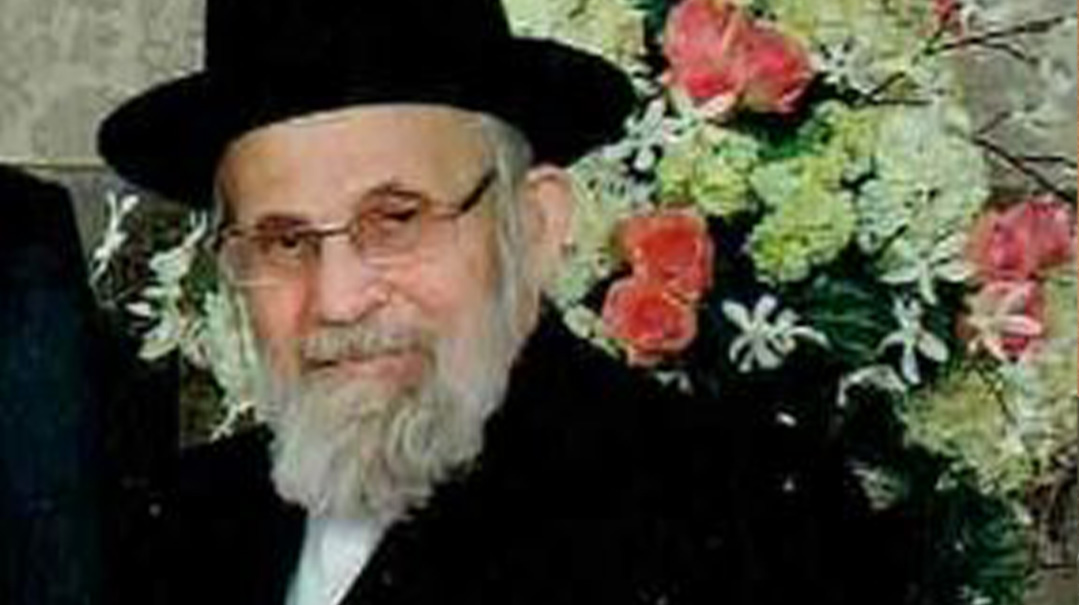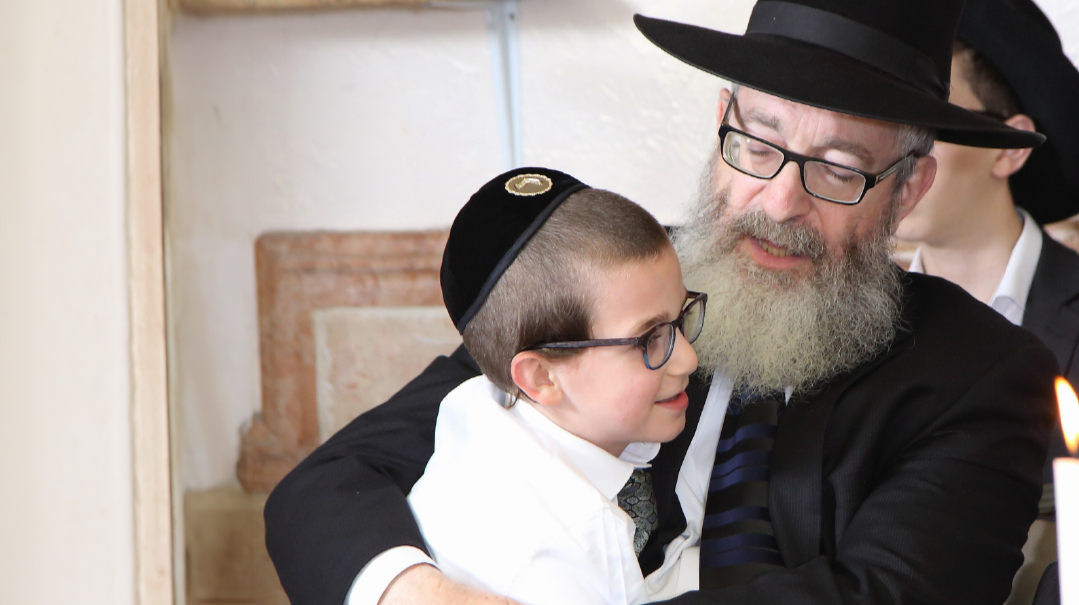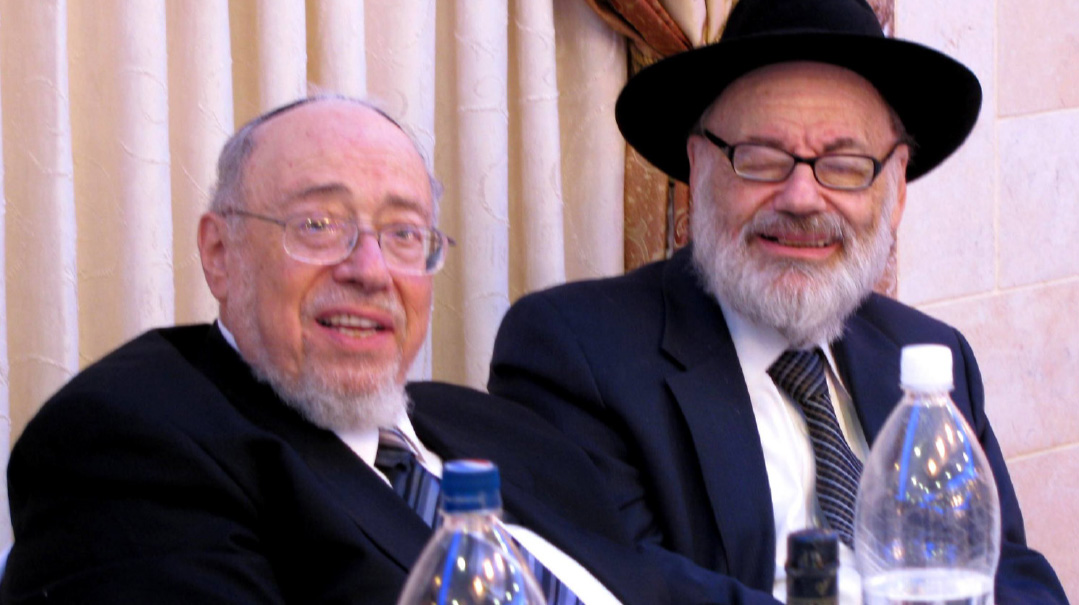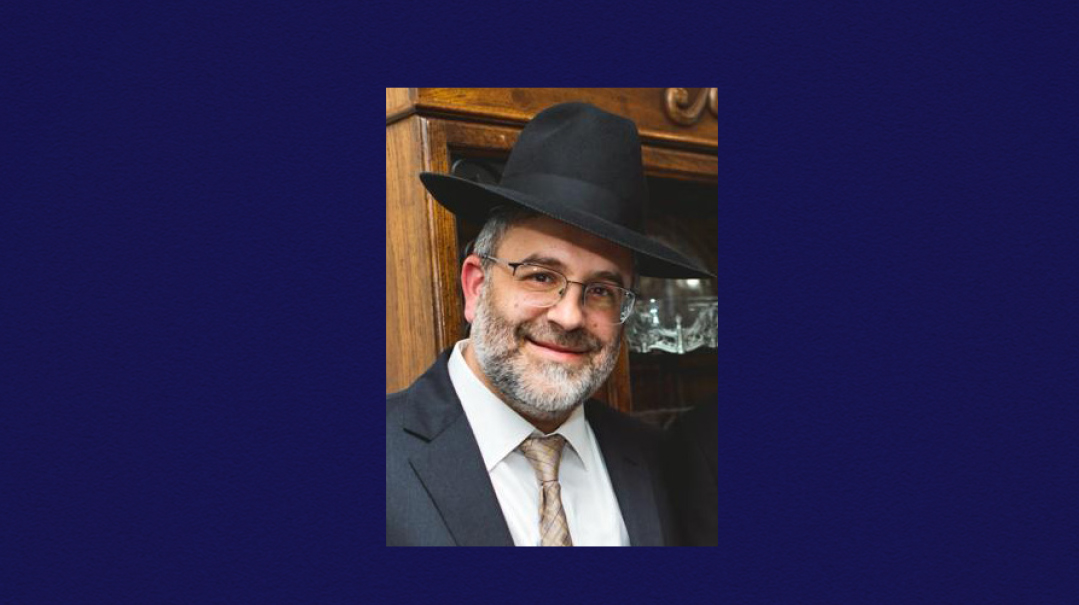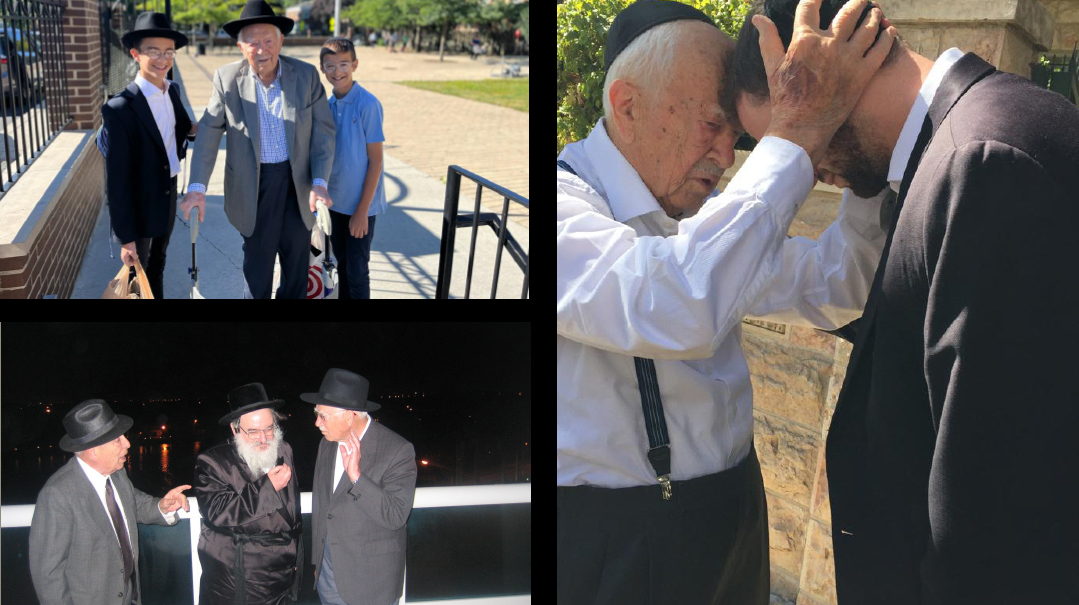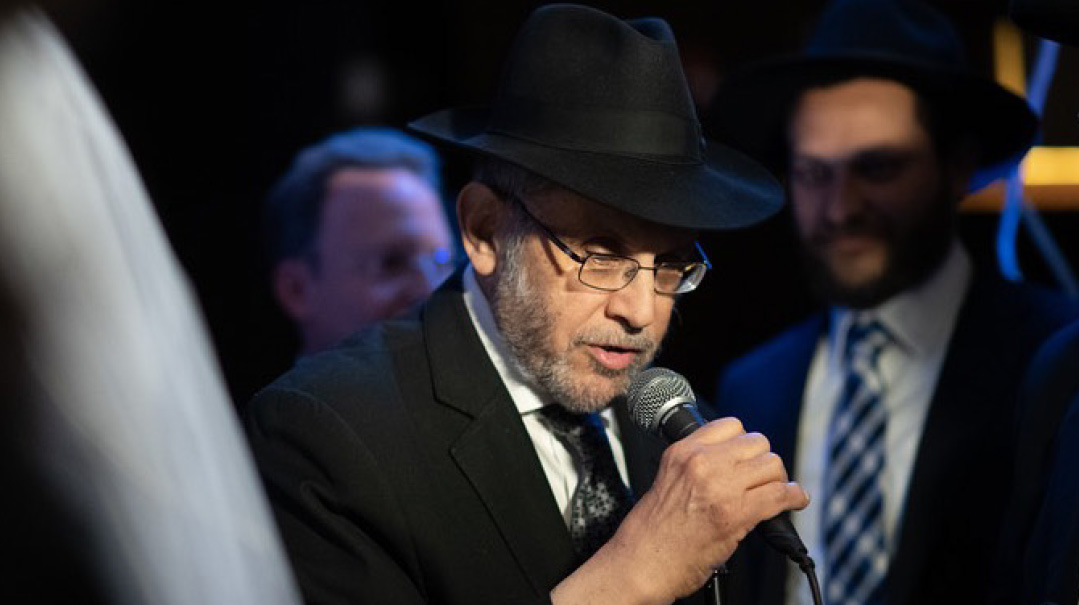Hidden Light

In tribute to Rav Nota Greenblatt
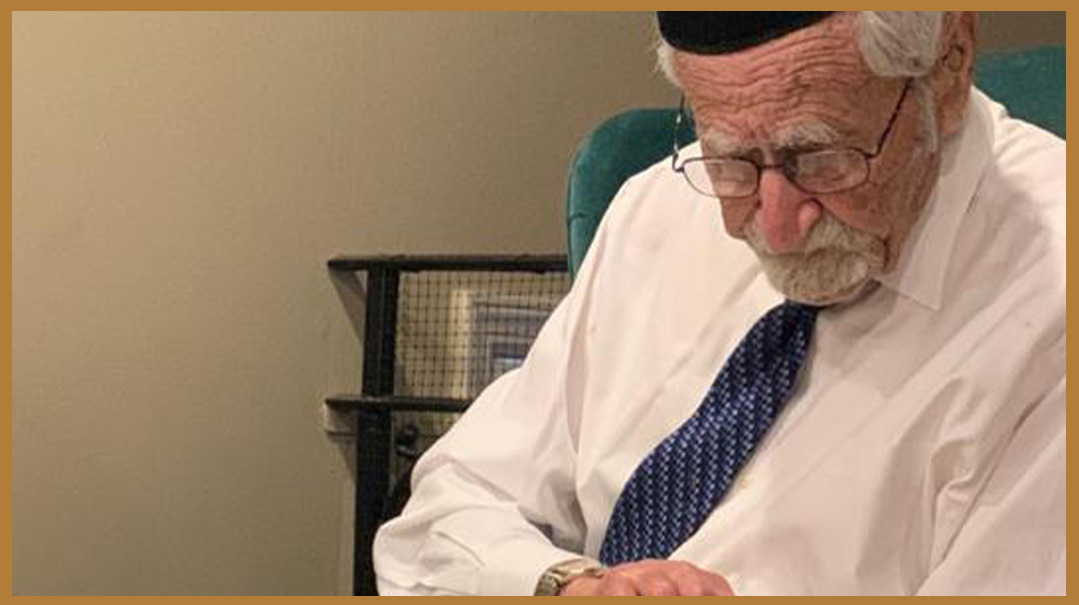
R
av Nota Greenblatt spent a lifetime — 96 years — concealing his greatness. When he passed away on 28 Nissan, for many people it was the first glimpse into the vastness of his impact.
Tucked away in Memphis Tennessee, where he served as a rav and Av Beis Din of the Vaad HaKehillos of Memphis in addition to founding the Margolin Hebrew Academy, his short jacket and small brimmed hat did much to convince unknowing onlookers that nothing about the man that stood before them defied the ordinary. But some greatness is too large to conceal and ultimately, the world would learn that the plain and simple clothing was essentially a uniform, the dress code for a man whose humility was just as great as his piety and immense scholarship.
If an aspiration for greatness came naturally to Rav Nota, it was because he was exposed to it from a very young age. His father, Rav Yitzchok Greenblatt, lived in Brisk where he was close with Rav Chaim Soloveitchik. The Greenblatts traveled to America for the purpose of raising money for Yeshivas Toras Chesed of Brisk and ultimately settled in Washington DC. It was there that Rav Nota was born in 1925 (he was the ben zekunim; all his siblings were born in Brisk).
Rav Greenblatt served as rav of the Volliner shul in Washington until 1928, when he took a position in Ellenville, New York. In 1931, when Nota was six, his father decided to give up his rabbanus and move to Eretz Yisrael where he would sit and learn. Little Nota, for his part, studied under Rav Chaikel Mulevsky, the famed “Russisher Melamed.” At the age of 13 he traveled alone back to America where he joined Yeshivas Chofetz Chaim under Rav Dovid Leibowitz. Three years later, he traveled to Boston with Rav Michel Feinstein, to Heichal Rabbeinu Chaim Halevi, a yeshivah led by Rav Yoshe Ber Soloveitchik, where Rav Michel would deliver shiurim to a group of European students.
A year later, Nota, together with Rav Michel, went back to New York to Mesivta Tiferes Yeushalayim, to learn under Rav Michel's uncle Rav Moshe Feinstein. This would be a defining moment, one that would characterize Rav Nota’s life. Because Rav Moshe became his rebbi, his mentor, his greatest inspiration. From Rav Moshe he learned how to pasken, and the thousands of piskei halachah Rav Nota issued over the following decades were molded there, in the beis medrash of MTJ. After learning under Rav Moshe for several years, he again returned to Eretz Yisrael on the first ship that permitted civilians, and between the years 1946 and 1948, developed a close relationship with gedolim such as the Brisker Rav, Rav Issser Zalman Meltzer, the Chazon Ish, and others.
Rav Nota returned to America and, at some point saw an ad in the paper for a position as a chazan in Memphis, Tennessee, for the Yamim Noraim. Rav Nota went to Memphis for this purpose and there, he was asked to remain to serve as the rabbi of the Anshei Sefard shul. Rav Nota wrote to his rebbi, Rav Moshe, and Rav Moshe encouraged him to stay. In Memphis he met a young woman, Miriam Kaplan, who, despite being raised in a densely secular environment, was steadfastly devoted to Yiddishkeit, staying away from the popular Jewish singles parties. It might have been hard to find a shidduch under those circumstances, but for Rav Nota, it was a perfect match.
Rav Nota’s dedication to the Memphis kehillah was incredible, and, even as his life took on so many different roles, the Memphis Jewish community always remained a top priority. Rav Nota once said that the reason he never left Memphis was to ensure that the day school he scraped together with his own hands would continue to thrive.
R
av Nota was just 21 when his lifelong rebbi, Rav Moshe Feinstein, wrote a letter of approbation declaring that Nota Greenblatt would grow to be “a gadol of Torah b’Yisrael” and a “pillar of halachic ruling.” It was a prophecy quickly realized. Rav Nota was fluent in the most complex areas of halachah, including shechitah, mikvaos, eiruvin, gittin, and chalitzah. But, as Rav Moshe Heineman said in his hesped on Rav Nota, what made him so unique was that he didn’t just know — he did. Rav Nota traveled the globe putting his incredible knowledge to practice, helping as many Jews as he could, building mikvaos, giving hechsheirim, arranging gittin, building communal eiruvs, and teaching others how to do all that as well. His children describe that growing up they rarely saw him — he was away most of the week, tending to Klal Yisrael’s many needs.
His hasmadah was legendary and, while he spent much of his life traveling, he never seemed to stop learning. A typical week was spent on the road and returning home late on Thursday night. Exhausted and starving, he would insist on davening Maariv before eating. But if the phone would ring he would answer, the hunger and exhaustion given little priority. The person on the other end of the line might be a woman struggling to receive a get from her husband and Rav Nota would spend an hour listening, sympathizing, and finally promising that first thing the following week he would do what he could to help her. And there was little that he wouldn’t do. The stories of Rav Nota’s efforts to secure kosher gittin are endless, whether it meant traveling on Erev Yom Kippur and returning home moments before shkiyah, or meeting with a woman who insisted that her only availability was at 5:00 am in a non-kosher restaurant. Rav Nota was there, insurmountable challenges melting by the force of his determination and burning desire to help a fellow Jew.
But for every one of Rav Nota’s accomplishments, there is another story to be told, the tale of the whole-hearted devotion and selfless dedication of his wife, Rebbetzin Miriam. Born and raised in Memphis, marrying a gadol b’Yisrael is not something she ever anticipated. Rav Nota’s long stretches away from home meant that she had to sacrifice on the most basic expectations of a spousal relationship. But sacrifice she did — because she understood and appreciated the value of his work, and she encouraged it every step of the way.
The stories of Rav Nota will continue to be told, never ceasing to amaze, and, in the end, we know that the full story will never be told because only he, and the Ribbono Shel Olam, know the extent of what he did and all that he accomplished.
Rav Moshe Heineman concluded his hesped by quoting the Chazal that the passing of a tzaddik serves as a kapparah for the generation. “But someone who is a nistar is a tremendous tzaddik, and the bigger the tzaddik is, the greater the kapparah will be.” Rav Nota was a nistar, his true self hidden from sight, never receiving the honor and recognition it so rightly deserved.
Greatness that is hidden is the greatest of them all. And so, from his exalted place in Heaven, we pray that Rav Nota continue to do what he spent a lifetime doing. Davening, crying, and caring with every fiber of his being for Klal Yisrael.
Yehi zichro baruch.
(A comprehensive article detailing the life and timeless accomplishments of Rav Nota Greenblatt will be printed for his Sheloshim.)
(Originally featured in Mishpacha, Issue 909)
Oops! We could not locate your form.

